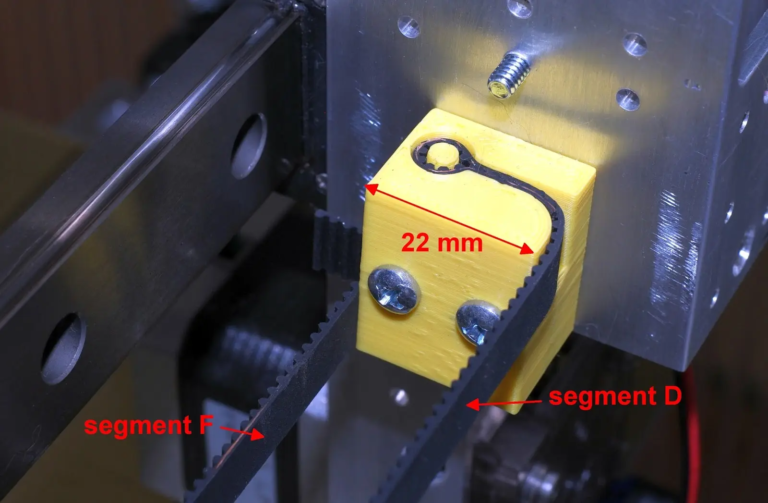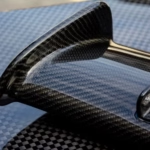Master HDPE CNC machining: proven strategies and expert skills
introduce
HDPE (High Density Polyethylene) is a versatile thermoplastic that is praised for its chemical resistance, low fraction absorption and excellent impact strength. From medical equipment to food processing equipment, it is widely used. However, processing HDPE requires precision to avoid melting, burying or inaccurate size. As a leader in five-axis CNC machining, Greatlight Leverairs’ advanced technology transforms HDPE into high-tolerance components, ensuring the reliability of critical mission industries.
Why HDPE? Unlocking material advantages
HDPE’s properties make it ideal for departments that require hygiene, durability and safety:
- Chemical resistance: Tolerate acids, alkalis and solvents.
- Light: 30% lighter than nylon, perfect for moving parts.
- Compatible with adverse and non-toxicity of the FDA: Safe food, drug and biomedical use.
- Low friction: Reduce wear in dynamic applications.
Despite these benefits, the low melting point of HDPE (120-180°C) and the coefficient of thermal expansion during processing pose a challenge.
Best practices for perfect HDPE CNC machining
1. Tool selection: Precise cutting starts here
- geometry: Use sharp, polished tools with high rake angles (15–20°) and 2-4 flutes. Uncoated carbide or polycrystalline diamond (PCD) tools maximize heat accumulation.
- Professional position: Compression position prevents layering; O-shaped design reduces the chip’s re-explosion.
- Avoid HSS (high-speed steel): Inadequate heat dissipation will accelerate wear.
2. Optimized cutting parameters
| scope | recommend | reason |
|---|---|---|
| Spindle speed | 15,000–25,000 rpm | Avoid materials at high speed "glue." |
| Feed rate | 0.1-0.3 mm/teeth | Prevent overheating and vibration. |
| Cutting depth | ≤2× tool diameter | Keep chip gaps. |
| Stepover | ≤50% tool diameter | Reduce deflection. |
For prompts: use Climbing up milling For smoother finishes and reduce tool pressure.
3. Thermal management is crucial
- Coolant: Air explosion or mist coolant emits heat without soaking in HDPE. Avoid flood coolant– They can cause swelling.
- Chip evacuation: Effective vacuum system removes the chip immediately to prevent reproduction and surface defects.
4. Labor and vibration damping
- fixed: Use a vacuum meter or a low melting point adhesive. The clamping pressure must be uniform to avoid distortion.
- damping: Five-axis machine (such as Greatlight), with rigid frame minimization chat. Soft jaw or rubber pad wet resonance.
5. Excellent post-processing
- Deburring: Manual trimming, low temperature matte or steam polishing can achieve burr-free edges.
- Surface finish: Micro refreshing or polishing enhances beauty appeal without compromising tolerances.
Why collaborate with Greatlight?
At Greatlight, we blend our technical expertise with cutting-edge five-axis CNC capabilities:
- Advanced five-axis machining: Complex contours and undercuts are performed with 0.01mm accuracy – not possible on three-axis systems.
- Material mastery: We optimize tool paths to alleviate the thermal stability of HDPE to ensure dimensional stability.
- End-to-end solution: From prototype to anodizing, laser etching and assembly, we simplify production under one roof.
- Speed and cost efficiency: Rapid prototypes in 5 days; large orders were shipped in 2 weeks – all priced at competitive prices.
in conclusion
CNC machining HDPE offers great potential for lightweight, corrosion-resistant components, but only when material quirks are respected. By balancing high-speed speeds, sharp tools and smart cooling, manufacturers can avoid the trap of distortion or poor surface integrity. Greatlight enhances this process with precise five-axis technology and deep materials science insights to tailor powerful HDPE parts to your exact specifications.
Ready to optimize your HDPE components? Contact Greatlight for a quote – We combine speed, affordability and uncompromising quality.
FAQ: CNC machining HDPE
Q1: Can HDPE be processed into tight tolerances?
Yes. With five-axis CNC and optimized parameters, Greatlight has a tolerance of ±0.05mm. Key features such as sealing surfaces can reach ±0.025mm.
Q2: Does HDPE undergo warping after processing?
If thermal stress is controlled, minimal warping occurs. We use low RPM roughness and high-speed finishes to stabilize the material after surgery.
Q3: Which industries use CNC to produce HDPE parts?
Common in medical (surgical tray), food (conveyor), automobile (fuel tank) and chemical processing (fuel tank lining).
Q4: How does Greatlight handle large HDPE components?
Our five-axis beds can accommodate parts up to 1,200mm x 800mm. For oversized pieces, we segment the machining and HDPE-compatible adhesive.
Q5: Can HDPE be recycled after processing?
Absolutely! We recover 100% of the residual material into the particles for sustainable after-treatment.
Q6: Which surfaces can be realized?
From Matte (RA3.2μm) to optical clarity (by steam polishing). Textured finishes hide fingerprints in consumer products.
Question 7: How do you ensure FDA compliance with food contact parts?
We use Virgin, USP Class VI certified HDPE and avoid using contaminants coolants. Ultrasound cleaning after surgery ensures hygiene.
Transform your HDPE concept into precise reality – quote now from today’s Greatlight! Explore our one-stop CNC machining, completion and assembly solutions.

















